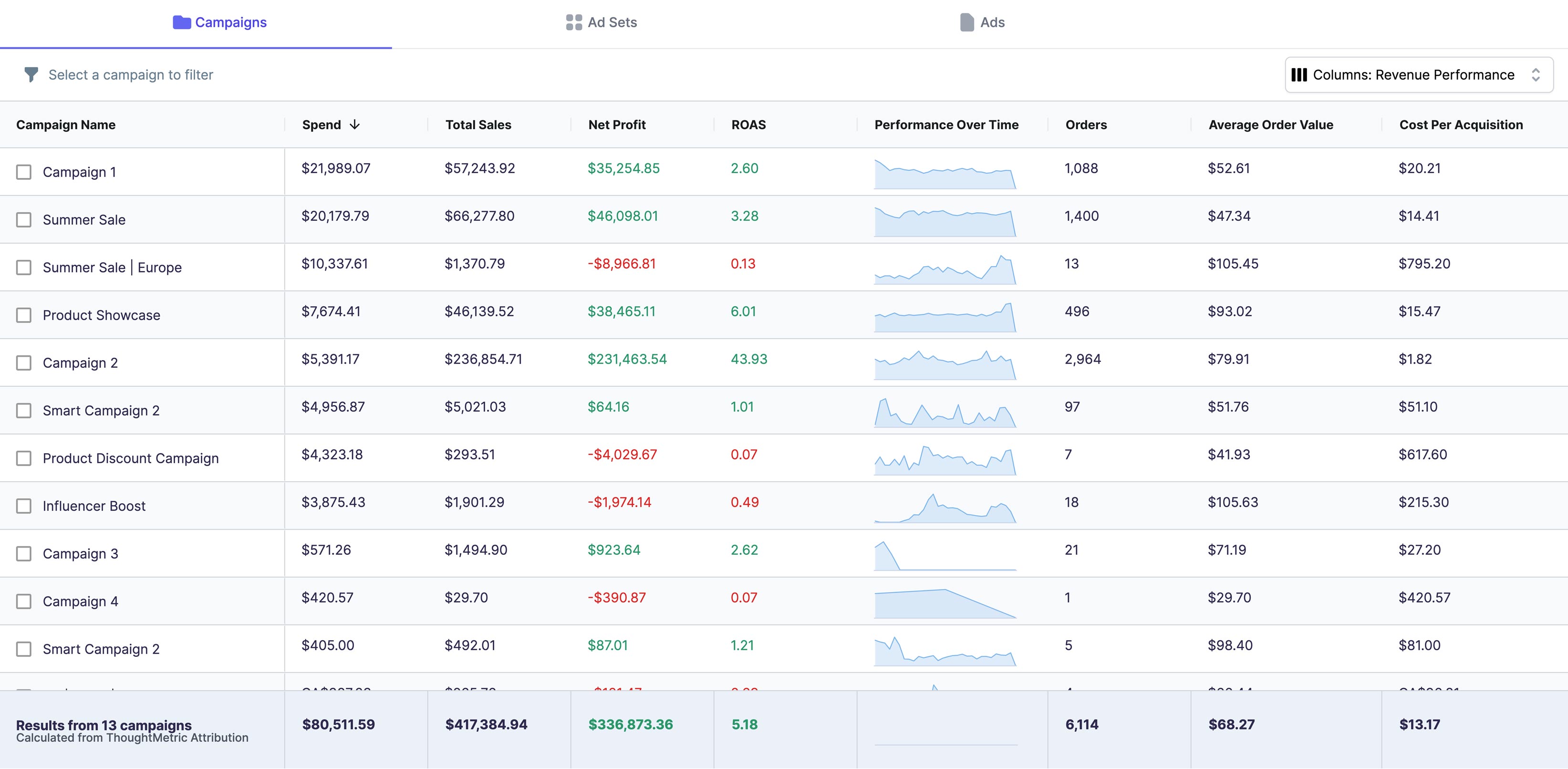Are you looking to track and increase website traffic for your business? Google Ads can help! By setting up a Google Ads account and analyzing your data, you can gain valuable insights into your website's traffic and optimize your campaigns for greater success. In this article, we'll guide you through the process of calculating website traffic in Google Ads, from understanding website traffic to optimizing your campaigns.
Understanding Website Traffic and Google Ads
What is Website Traffic?
Website traffic refers to the number of visitors who reach your website by clicking on a link from an external source. This can include search engine results, social media posts, and paid advertisements. Understanding how to measure and analyze your website traffic is essential for improving your website's performance and driving more conversions.
When it comes to website traffic, there are two main types: organic and paid. Organic traffic refers to visitors who find your website through search engine results or other sources without any paid advertising. Paid traffic, on the other hand, refers to visitors who click on a paid advertisement to reach your website.
The Importance of Tracking Website Traffic
Tracking your website traffic allows you to identify strengths and weaknesses in your website and marketing strategies. By analyzing your traffic data, you can gain insights into which sources are driving the most traffic, which pages are most popular, and which keywords lead to the most conversions. This information can help you optimize your website and advertising efforts to maximize your return on investment.
One of the most popular tools for tracking website traffic is Google Analytics. This free tool allows you to track a wide range of metrics, including the number of visitors, pageviews, bounce rate, and more. By setting up conversion tracking in Google Analytics, you can also track the number of conversions generated by your website and advertising campaigns.
How Google Ads Affects Website Traffic
Google Ads is a powerful tool for driving traffic to your website. By creating targeted ads that appear at the top of search engine results, you can attract new visitors to your site and increase conversions. Google Ads also provides valuable data on the traffic generated by your campaigns, making it an essential tool for measuring and optimizing your website's performance.
When setting up a Google Ads campaign, it's important to choose the right keywords and targeting options to ensure that your ads are reaching the right audience. You can also use ad extensions, such as callout extensions and sitelink extensions, to provide additional information and encourage visitors to click on your ads.
Another important factor to consider when using Google Ads is your landing page. Your landing page should be designed to provide a clear and compelling message that matches the intent of your ad. By optimizing your landing page for conversions, you can increase the likelihood that visitors will take the desired action, whether that's making a purchase, filling out a form, or subscribing to your newsletter.
In conclusion, understanding website traffic and how it is affected by Google Ads is essential for any business looking to improve their online presence and drive more conversions. By tracking your website traffic and using Google Ads effectively, you can attract more visitors to your site, increase engagement, and ultimately boost your bottom line.
Setting Up Google Ads for Website Traffic Tracking
Creating a Google Ads Account
The first step in tracking website traffic with Google Ads is to create an account. This is a simple process that can be completed by visiting the Google Ads website and following the prompts to set up your profile. Once you've completed the initial setup, you can begin creating campaigns and tracking your website traffic data.
When creating your Google Ads account, it's important to choose the right settings for your business. You'll need to select your target audience, budget, and ad format. You can also choose to target specific keywords or geographic locations to ensure that your ads are reaching the right people.
Once your account is set up, you can begin creating campaigns. This involves selecting your target audience, creating ad copy, and choosing your bidding strategy. You can also set up ad groups to organize your campaigns and make it easier to track your results.
Linking Google Ads to Google Analytics
Linking your Google Ads account with Google Analytics is essential for tracking website traffic accurately. By connecting the two platforms, you can view detailed data on website traffic and user behavior, including bounce rates, time on site, and conversion rates.
Google Analytics is a powerful tool that allows you to track a wide range of metrics related to your website's performance. By linking your Google Ads account with Google Analytics, you can gain a deeper understanding of how your ads are performing and make data-driven decisions about your marketing strategy.
To link your accounts, simply follow the instructions provided by Google. You'll need to have administrative access to both your Google Ads and Google Analytics accounts in order to complete the process.
Setting Up Conversion Tracking
Conversion tracking allows you to measure the success of your campaigns by tracking the actions that users take on your website, such as completing a purchase or filling out a form. By setting up conversion tracking, you can gain valuable insights into which campaigns are driving the most conversions and adjust your strategies accordingly.
Google Ads and Google Analytics both offer tools for setting up conversion tracking. You'll need to create a conversion goal, which is the action that you want users to take on your website. This could be anything from making a purchase to signing up for a newsletter.
Once you've set up your conversion goal, you can begin tracking conversions in your Google Ads account. You'll be able to see which campaigns and ad groups are driving the most conversions, as well as the cost per conversion for each campaign.
Overall, setting up Google Ads for website traffic tracking is a powerful way to gain insights into your marketing performance and make data-driven decisions about your strategy. By creating a Google Ads account, linking it to Google Analytics, and setting up conversion tracking, you'll be able to track your website traffic data with precision and optimize your campaigns for maximum ROI.
Analyzing Website Traffic Data in Google Ads
Navigating the Google Ads Dashboard
The Google Ads dashboard provides a wealth of data on your campaigns, including ad performance, keywords, and user demographics. To access this data, simply log in to your Google Ads account and navigate to the reporting section. From there, you can view and analyze your traffic data to gain insights into your website's performance.
Understanding Key Metrics
Key metrics to analyze when tracking website traffic include click-through rate, impression share, bounce rate, and conversion rate. By understanding these metrics, you can identify areas for improvement in your campaigns and optimize for greater success.
Segmenting Traffic Data
Segmenting your traffic data allows you to analyze how different types of users interact with your website. By dividing your data based on factors such as device, location, and behavior, you can gain a more detailed understanding of your audience and tailor your campaigns to their needs.
Optimizing Your Google Ads Campaign for Increased Website Traffic
Identifying High-Performing Keywords
Identifying high-performing keywords is essential for driving traffic to your website. By analyzing your data and identifying keywords that lead to the most conversions, you can optimize your campaigns to target these keywords and attract more visitors to your site.
Adjusting Bids and Budgets
Adjusting your bids and budgets can help you optimize your campaigns for greater success. By allocating more budget to high-performing campaigns and adjusting your bids for specific keywords, you can maximize your ROI and drive more traffic to your website.
Refining Ad Copy and Landing Pages
Refining your ad copy and landing pages is essential for capturing and retaining user interest. By testing different ad variations and experimenting with different landing page elements, you can optimize your campaigns for greater engagement and conversions.
In conclusion, tracking and optimizing website traffic in Google Ads is essential for driving business success. By understanding your data and optimizing your campaigns accordingly, you can attract more visitors to your site, increase conversions, and maximize your return on investment. Follow the steps outlined in this article to get started today!




